Flexible PCB Design Service
South-Electronic
Look no further than South-Electronic, your go-to source for flexible PCB design services. We make sure you get the best of the best from start to finish, with accuracy, longevity, and a commitment to industry standards.
Why Choose South-Electronic?
-
Customized Design
Customized Design to Meet Your Unique Needs.
At South-Electronic, we understand that every project is unique. That's why our PCB layout services are customized to meet your specific requirements, ensuring that every detail is executed to your exact specifications. This will improve the performance and reliability of your products. -
Guaranteed Satisfaction
You’ll appreciate the confidence that comes with working with an ISO9001 certified company.
We prioritize clear, transparent communication and hold ourselves to the highest standards, ensuring that your Flexible PCBs not only meet but exceed your expectations for performance, durability, and precision. -
One-Stop Service
When you choose us, you get a complete PCB solution from design and prototyping to mass production.
We offer a one-stop service, eliminating the complexity and cost of dealing with multiple suppliers. -
Comprehensive Service
You get complete satisfaction with our wide range of equipment.
We have a wide range of PCB processing capabilities. From design to delivery, we have the equipment and processes to make sure your order is done right. -
Fast Delivery
You stay on schedule with our fast turnaround times.
Our streamlined production ensures fast turnaround times, so you get your products when you need them, without delays.
Related Project We had Done
Customer Reviews
Common Questions
Most Popular Questions
Send us a message
The more detailed you fill out, the faster we can move to the next step.
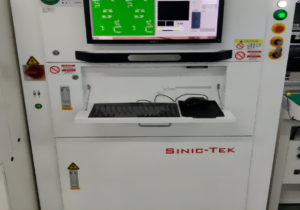
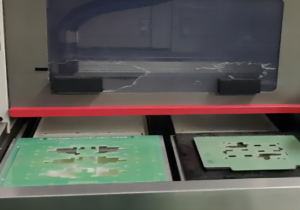
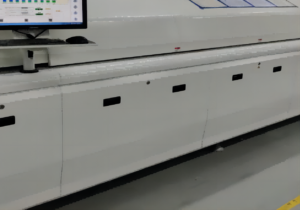
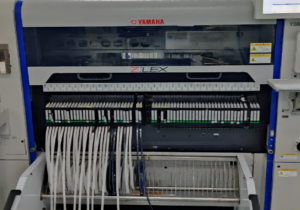
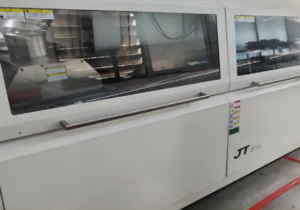
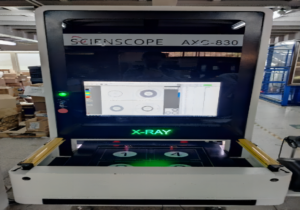

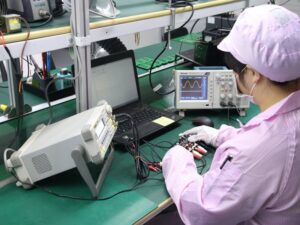

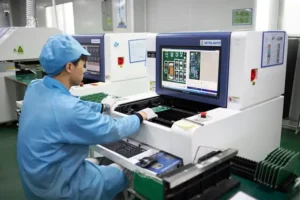



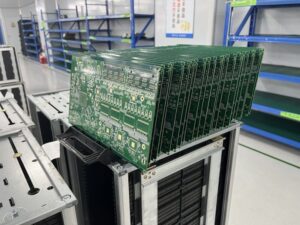

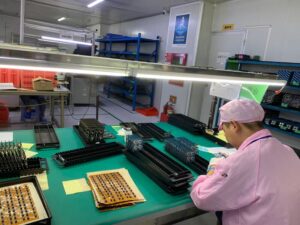



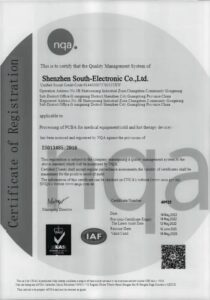
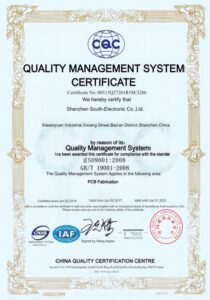







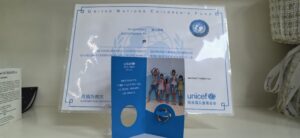

The Complete Guide for Flexible PCB Design
Contents
Chapter 1
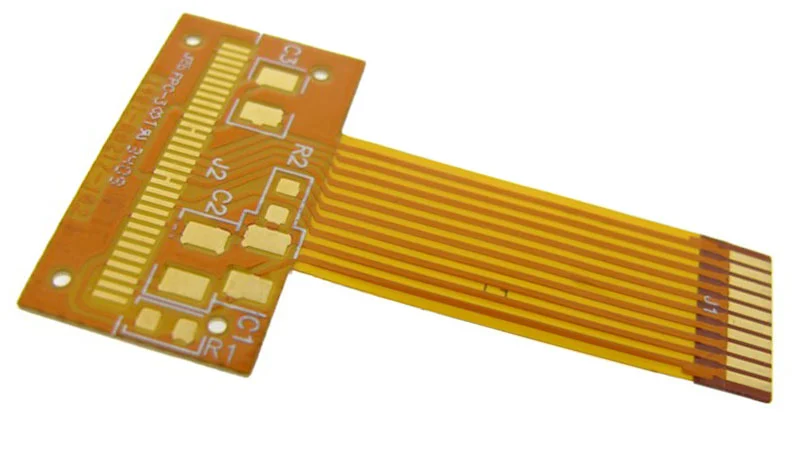
Introduction to Flexible PCB
What are Flexible PCBs?
Flex PCBs are electronic circuits that are made on flexible substrates, which means they can bend, twist, and conform to different shapes and configurations. Unlike traditional rigid PCBs that are made on solid, inflexible materials like fiberglass, Flex PCBs are made using high-performance polymers like polyimide or polyester film. This flexibility allows for a lot of possibilities in electronic design because it lets you put circuits into applications where space, form factor, and movement are really important. They’re a really important part of modern electronics because they let you connect things in small, moving environments.
Why should you use Flexible PCBs?
There are a lot of reasons. First, they let you make smaller and lighter electronic devices. That means you can make sleeker, more ergonomic products that fit better into your life. Second, they’re more reliable. They’re less likely to break because they don’t have as many connections that can fail. That’s a big deal because a lot of times, when you have a rigid PCB, the connections break because the board moves around. Third, they’re cheaper. Because they’re flexible, you don’t need as many connectors or as much material. That saves you money on production and materials.
Overview of Applications
From consumer electronics to the heart of aerospace engineering, the applications of Flex PCBs are expansive. In your everyday life, they are the unsung heroes inside smartphones, sophisticated cameras, and wearable fitness devices. In the medical field, they are pivotal in creating smaller, more efficient medical wearables and implants. Even in the automotive and aerospace sectors, Flex PCBs are crucial for making lighter, more reliable systems. The flexibility and reduced weight contribute to overall better performance and fuel efficiency.
Chapter 2
Materials Used in Flexible PCB
Materials You Can Use
To make the most flexible, durable electronics, you need to know what you can use. The most common material for flexible PCBs is polyimide (PI). It stays flexible when you heat it, and it’s tough. Polyester (PET) is also popular. It’s cheaper, so it’s good when you want to save money and don’t need the best performance. If you need really high frequency performance, you’ll want to use liquid crystal polymer (LCP). It has the best electrical properties.
Why Material Selection Matters
Choosing the right material for your flexible PCB is like picking the best ingredients for a gourmet meal. It can make or break what you end up with. Your choice affects everything from how flexible and durable your circuit is to how well it handles heat and how it performs electrically. For example, if you choose polyimide, your PCB can handle extreme temperatures. That makes it perfect for aerospace and automotive applications, where you need to know it’ll work even when things get tough.
How Materials Affect Performance
The materials you choose have a direct impact on how your Flexible PCB performs in the real world. For example, polyimide has excellent thermal stability, which is crucial for high-reliability applications in different environmental conditions. On the other hand, using polyester might save you money for consumer electronics where extreme conditions aren’t an issue, but you’ll sacrifice some thermal resistance and durability.
Knowing these materials’ properties helps you design your Flexible PCB to meet your specific needs, ensuring optimal performance and reliability in every application.
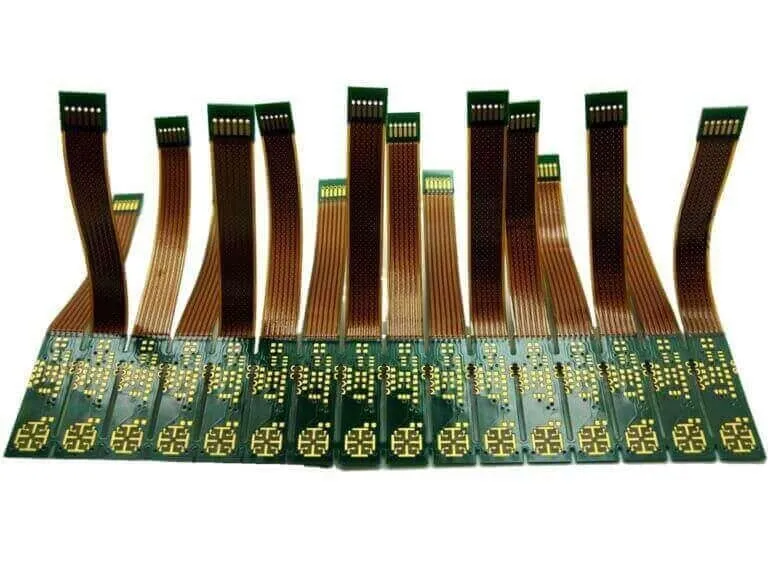
Chapter 3

Design Principles for Flexible PCBs
Basic Design Principles
Designing Flexible PCBs is like being an architect, but instead of designing a building, you’re designing a structure that can bend and flex. You need to understand the material properties, like how flexible and durable it is. You also need to use space efficiently, making the board as small as possible without cramming components together, which can cause overheating and interference.
Key Factors in Flexible PCB Design
When designing a Flexible PCB, you need to think about where the components are in relation to the flex areas and make sure the bend radii are big enough so the material doesn’t get fatigued or break. You also want to make sure the thickness is consistent throughout the flex areas so you don’t have weak spots. The material you use and the environment you’re using it in will determine how flexible or rigid you need to make it.
Avoiding Common Design Mistakes
One mistake people make when designing Flexible PCBs is not accounting for the mechanical stresses the board will experience when it’s being used. You need to design the board so it can bend a lot without putting too much stress on any one point. You also don’t want to put vias or components too close to the flex areas because they can break or stop working if they get bent too much.
Chapter 4
Circuit Layout and Component Placement
Tips for Circuit Layout
When you’re laying out circuits on your Flex PCB, think of each trace and component as part of a larger puzzle that must fit perfectly into a limited space. Use HDI technology to minimize space and maximize functionality. Plan your signal paths carefully to avoid EMI and ensure clean and clear communication within your device.
Principles of Component Placement
Remember, the placement of components is not just about fitting them on the board, it’s about optimizing their performance and longevity. Keep sensitive components away from flexing areas to avoid mechanical stress. Use rigid-flex techniques to offer stability for heavier or more critical components that require additional support.
Optimizing Space Utilization
To maximize space on your Flex PCB, think in three dimensions. Consider the vertical integration of components, where possible, to make the most of the available area. This approach not only helps in reducing the footprint, but also enhances the overall design efficiency and performance of your electronics.
By following these guidelines, you’ll ensure that your Flex PCB design is not only space-efficient, but also robust and reliable, ready to meet the demands of today’s technology.
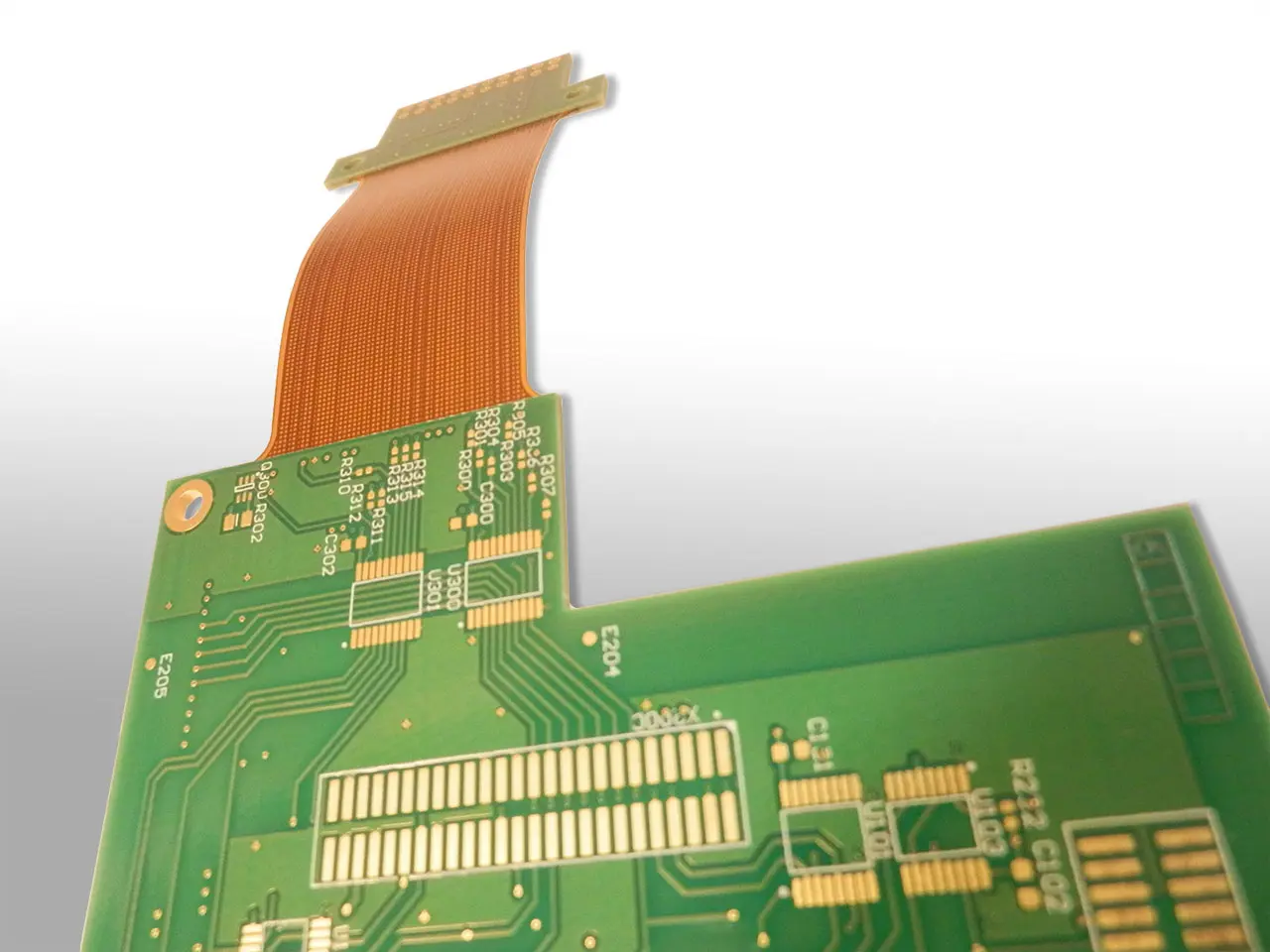
Chapter 5

Thermal Management in Flexible PCBs
Importance of Thermal Management
It’s important to manage heat in your Flexible PCB designs because it’s the difference between a reliable, high-performance product and one that fails prematurely. Excessive heat can cause components to fail and reduce the efficiency of your device, which can shorten its lifespan. By managing heat, you’re not just making your product work better; you’re also making sure it lasts longer.
Solutions for Heat Conduction
One way to manage heat is to use materials with good thermal properties, like polyimide. You can also use thermal vias and thermal pads to conduct heat away from the PCB. Another way to manage heat is to make sure there’s enough space around heat-generating components so that air can flow and cool them off, keeping your device within a safe temperature range.
Case Studies
Here are some examples of how managing heat is important. In wearable technology, it’s important to keep the temperature low for comfort and safety. Case studies show how strategic component placement and using certain materials can prevent overheating in tight spaces.
By understanding and implementing good thermal management techniques, you can make sure your Flexible PCBs work well in a variety of applications, making them more useful and longer-lasting.
Chapter 6
Signal Integrity and Electrical Testing
Methods to Maintain Signal Integrity
Maintaining signal integrity in your Flexible PCBs is crucial for keeping communication flawless within your devices. Use controlled impedance with matched trace widths and spacing to reduce signal loss and cross-talk. Incorporate shielding techniques, especially in designs where high-frequency signals are involved, to protect against electromagnetic interference.
Necessary Electrical Tests
Performing comprehensive electrical tests on a regular basis is essential. These include continuity tests and impedance testing to make sure the circuit behaves as expected under different conditions. Time-domain reflectometry can also be used to detect any impedance inconsistencies and potential signal integrity issues.
How to Prevent Electrical Issues in Advance
Design with foresight by using simulation tools that predict how your circuit will behave under different electrical stresses. Implementing redundancy in critical signal paths can also help prevent failures in operation. Regular updates and revisions based on testing feedback ensure the design remains robust against potential electrical failures.
By following these principles, you not only improve the reliability of your Flexible PCBs but also ensure their longevity and effectiveness in demanding applications.

Chapter 7
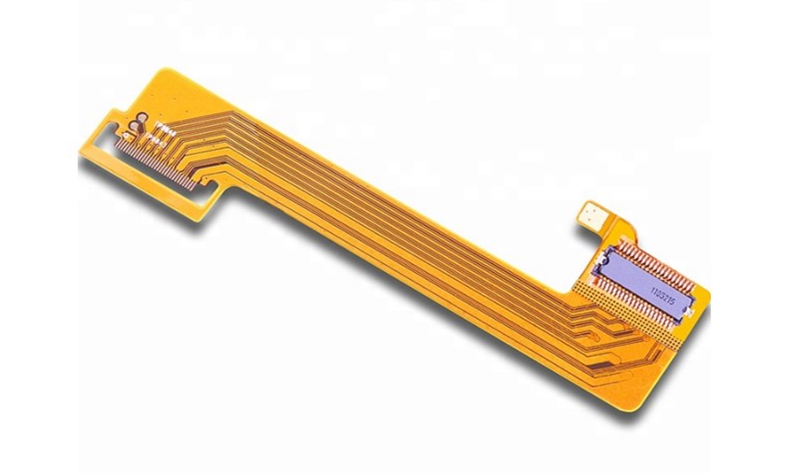
Manufacturing Process of Flexible PCBs
Detailed Manufacturing Process
When you start making Flexible PCBs, you’ll pick a base material, usually polyimide or polyester, that’s flexible. You’ll use precise photolithographic techniques to etch circuit patterns on the material. You’ll apply a protective coating to make it durable. You’ll drill and plate for vias to connect multiple layers.
Key Manufacturing Technologies
You’ll use advanced laser and chemical etching technologies to get high precision and reliability. You’ll use surface treatments like electroless nickel immersion gold (ENIG) to make sure the surface is conductive and protected from oxidation.
How to Choose the Right Manufacturer
Choosing the right manufacturer is important. Look for certifications like ISO 9001 to make sure they have quality standards. Make sure they know how to handle complex flexible circuits and have the technology to do it. Look for manufacturers who can help you from design to delivery, so you know they can meet your needs and timeline.
When you understand how Flexible PCBs are made, you can make high-quality, reliable ones for your specific applications. That way, you know your products will perform and last.
Chapter 8
Assembly and Integration of Flexible PCBs
Assembly Techniques and Strategies
As you assemble Flexible PCBs, focus on precision and adaptability. Use specialized equipment that accommodates the unique properties of flexible materials. Implement surface-mount technology (SMT) for better efficiency and reliability. For components that require mechanical stability, consider using underfill materials to reinforce connections.
Integration Challenges
Integrating Flexible PCBs into final products presents unique challenges due to their susceptibility to mechanical stress. Ensure that the layout is designed to minimize stress at fold points. Address issues like connector integration early in the design phase to avoid mismatches in mechanical and electrical interfaces.
Best Practices
Adopt a modular design approach where possible, which allows for easier testing and replacement of components. Always perform rigorous testing for flexibility and durability under realistic conditions. Maintain close collaboration between your design and manufacturing teams to ensure that the PCBs are not only manufacturally feasible but also meet all functional requirements.
These strategies ensure that your Flexible PCBs are not only optimally assembled and integrated but also robust and functional, ready to enhance the performance and reliability of your products.

Chapter 9

Quality Assurance and Testing
Quality Assurance Standards
When developing Flexible PCBs, adhering to rigorous quality assurance standards is crucial. Implement standards such as IPC-6013 for flexible circuits to ensure that each PCB meets high reliability and performance criteria. These standards guide the material selection, design, manufacturing, and testing processes, ensuring your products consistently meet the expected quality.
Common Testing Protocols
Employ a variety of testing protocols to validate the integrity and functionality of your Flexible PCBs. Common tests include electrical testing to check for continuity and insulation, mechanical testing to evaluate flexibility and durability, and environmental testing to assess performance under various temperature and humidity conditions.
Case Analysis
Regularly review case studies and feedback to refine your quality assurance processes. Analyzing failures or performance issues in deployed PCBs can provide valuable insights into potential improvements in design, material selection, or manufacturing techniques. This ongoing evaluation helps in preemptively addressing issues and enhancing the reliability of your PCBs.
By integrating these robust quality assurance and testing strategies, you ensure that your Flexible PCBs are built to last and perform exceptionally in their intended applications.
Chapter 10
Future Trends and Innovations in Flexible PCB Technology
Industry Trends
The Flexible PCB industry is swiftly evolving, driven by demands for more compact and versatile electronics. Trends indicate a significant shift towards sustainability with the adoption of eco-friendly materials and processes. Additionally, the rise of IoT devices is pushing the boundaries of what Flexible PCBs can achieve in connectivity and functionality.
Emerging Technologies
Emerging technologies such as additive manufacturing are revolutionizing Flexible PCB production, enabling more complex designs and reducing waste. Innovations in material science, particularly in conductive inks and substrates, are enhancing the performance and durability of Flexible PCBs under extreme conditions.
Potential Future Developments
Looking ahead, expect to see advances in 3D printing for PCBs that could dramatically alter how and where PCBs are produced, potentially bringing production closer to end-users for faster customization. Integration of smart sensors directly into Flexible PCBs could also lead to more intelligent electronics capable of real-time environmental sensing and response.
These future directions not only promise to enhance the capabilities of Flexible PCBs but also open up new opportunities for you to innovate and excel in your product offerings.

Get in touch
Where Are We?
Industrial Park, No. 438 Donghuan Road, No. 438, Shajing Donghuan Road, Bao'an District, Shenzhen, Guangdong, China
Floor 4, Zhihui Creative Building, No.2005 Xihuan Road, Shajing, Baoan District, Shenzhen, China
ROOM A1-13,FLOOR 3,YEE LIM INDUSTRIAL CENTRE 2-28 KWAI LOK STREET, KWAI CHUNG HK
service@southelectronicpcb.com
Phone : +86 400 878 3488
Send us a message
The more detailed you fill out, the faster we can move to the next step.



